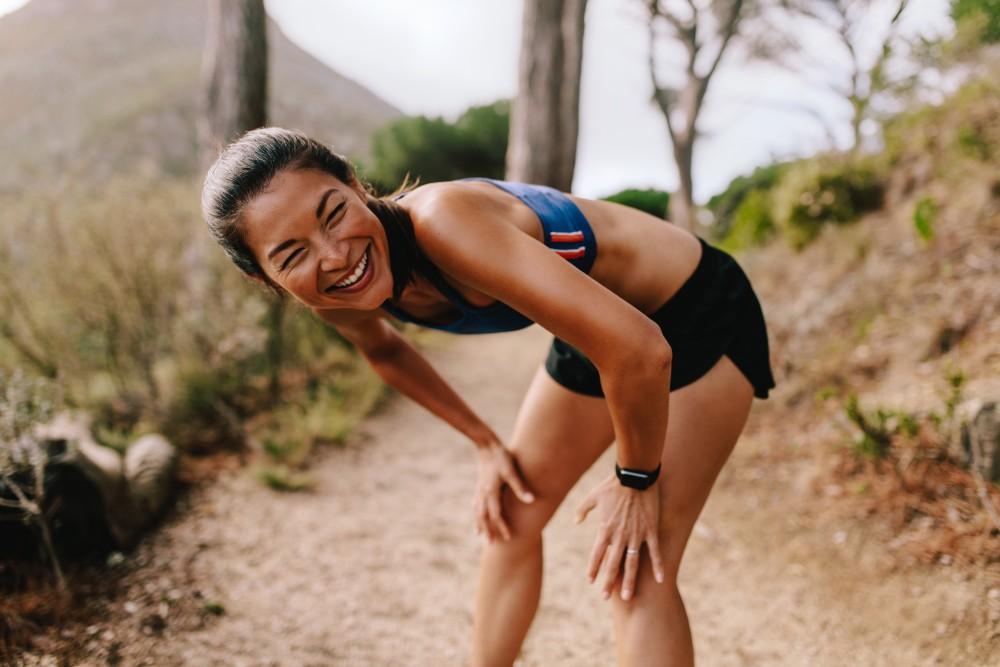
Q&A on ACL recovery and rehab
How common are ACL injuries?
Anterior cruciate ligament (ACL) tears are among the most common orthopaedic sports injuries in the United States. More than 100,000 ACL reconstructions are performed annually with the goal of restoring knee stability and kinematics. After patients complete a systematic progression through phase of rehabilitation, the final hurdle of returning to their preferred sport or activity awaits them. Fitness professionals have the distinct opportunity in helping clients complete this return successfully.
Overview of ACL Reconstruction Rehabilitation
What is ACL rehab? What is early ACL rehab like?
Individuals work tirelessly to progress through each phase of recovery. Early-on, the emphasis is on the return of motion and reduction of swelling. As time progresses, their focus turns to strengthening of the lower extremity musculature, followed by programming to facilitate return to sport. Historically, these recovery phases were time based (the athlete would move to the next phase at a specific number of weeks after surgery); but modern rehabilitation now utilizes criteria to determine readiness to advance. These athletes must meet certain criteria, for example, range of motion and functional strength tests, before moving forward.
Getting into the Gym Early
Can I go to the gym after ACL injury?
An additional focus of modern rehabilitation is consideration of the mental impact of injury on the athlete. Surgeons, myself included, and rehabilitation providers now place more emphasis on understanding how being sidelined can influence an athlete’s confidence and may change their typical socialization patterns since they are no longer practicing and playing with their teammates.
While an athlete moving through the early stages of recovery will not be able to do their full team or sport workout, I believe there is benefit derived from getting to the gym early. The upper body and core may continue to be challenged through consistent workouts as long as special attention is paid to keeping the operative knee safe. A creative fitness professional can maintain the restrictions needed for a full and healthy ACL recovery, but keep the athlete mentally and physically engaged in the gym – with other athletes – working out other areas of their mind and body. This modern method entails a collaborative team approach including the surgeon, treating providers and fitness professionals, but I believe this method will optimize the mental well-being of the athlete and ultimately aide in their recovery.
Recovery and Performance
When can I return to sports after ACL injury? Can I play sports after ACL injury?
Fitness professionals are in a unique field and have a wonderful opportunity to prepare athletes for that last hurdle after ACL surgery. Agility and sport-specific drills can be challenging for an athlete to maintain proper form and neuromuscular control. During such drills, attention is focused on providing verbal cueing to best prepare the athlete for game-time demands.
Video analysis, even via a cellular phone camera, is a great tool to implement, as it may be difficult for some athletes to incorporate verbal feedback with visual feedback. In my office, I also perform a series of functional movement and strength tests during the later stages of recovery – this data helps me provide useful information to patients, therapists and trainers and guides the eventual decision to determine readiness to play.


